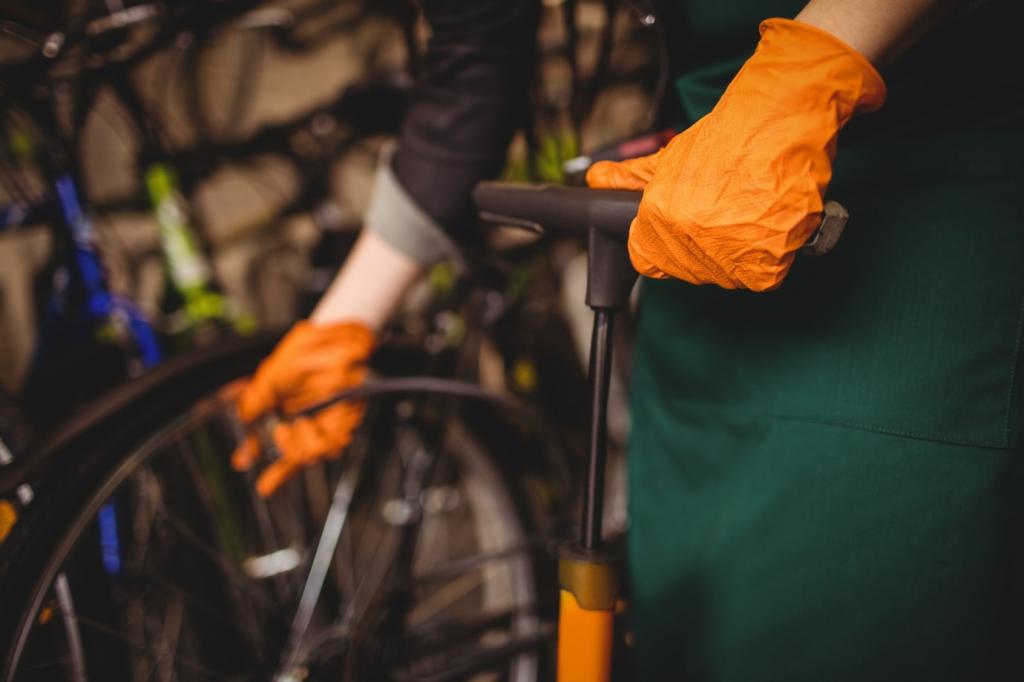
Chosen Theme: Eco-Friendly Furniture Care Tips
Welcome to our cozy corner for conscious homemakers. Chosen theme: Eco-Friendly Furniture Care Tips. Discover gentle, planet-kind ways to clean, polish, repair, and protect your favorite pieces—without harsh chemicals. Join our community, subscribe for seasonal checklists, and share your own green care wins and lessons.
The Gentle Clean Routine
Use a soft microfiber or tightly woven cotton cloth, slightly dampened with filtered water, and glide with the grain. Lift objects instead of dragging them. This five-minute ritual prevents grime buildup and micro-scratches. What’s your favorite dusting cloth material and why? Share your pick to help fellow readers.
The Gentle Clean Routine
Mix 1 cup warm water, 1 tablespoon distilled white vinegar, and 3–4 drops fragrance-free castile soap. For wood, spritz onto a cloth, never directly. Always spot-test in an inconspicuous area. Skip strong essential oils on delicate finishes. If it works for you, drop a comment with your exact ratio.


Natural Polishing and Protection
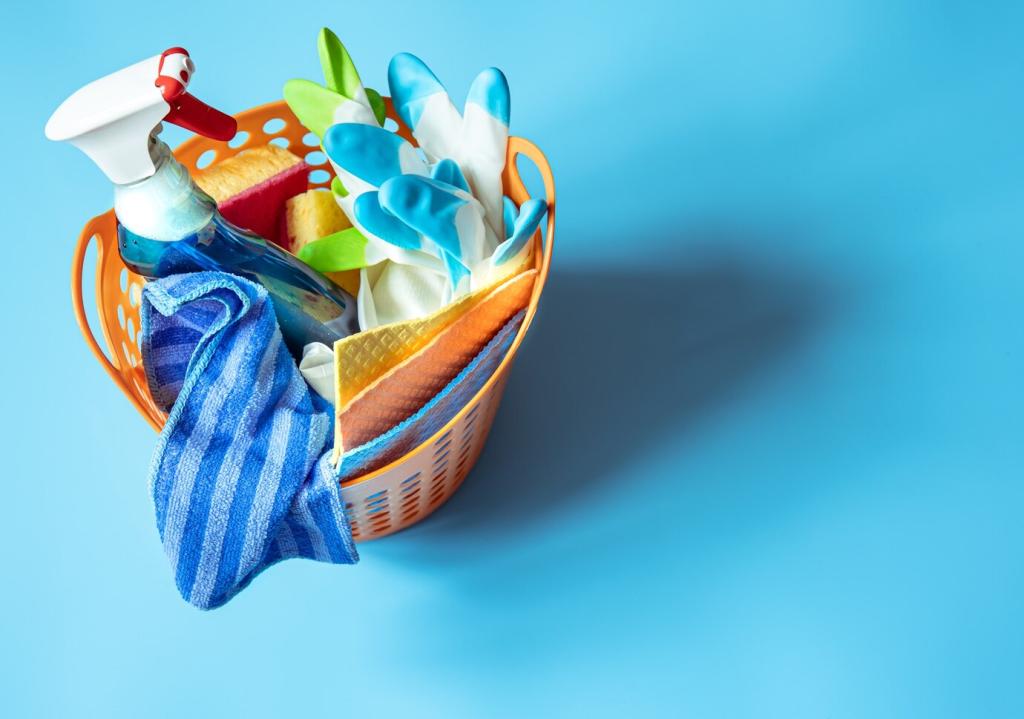
Beeswax balm, simple and safe
Melt 1 part grated beeswax with 3 parts jojoba or walnut oil over gentle heat. Cool, then massage a pea-sized amount into wood with a cotton cloth. Buff after ten minutes. Always spot-test and remember nut sensitivities. Want our printable recipe card and usage schedule? Subscribe for the download.
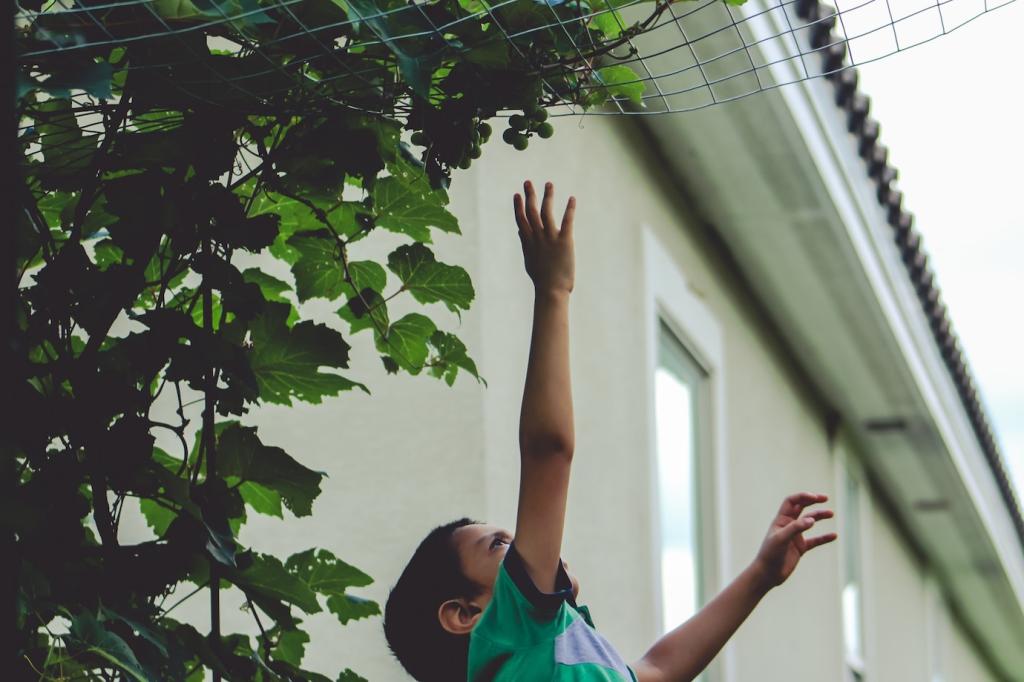
Choosing the right oil
Prefer polymerizing, plant-based options like pure tung or walnut oil for protection that actually cures. Raw linseed oil dries slowly; boiled versions may contain dryers. Avoid olive oil, which can turn rancid. Low-VOC blends help indoor air. Tell us which finish your heirloom tolerates best and why.

Polish cadence that lasts
Polish sparingly: high-traffic tables every 2–3 months, low-use cabinets twice yearly. Over-polishing attracts dust. Track dates in your notes app and rotate display items to prevent wear patterns. Want reminders and a seasonal checklist? Join our email list and never miss a gentle maintenance moment.
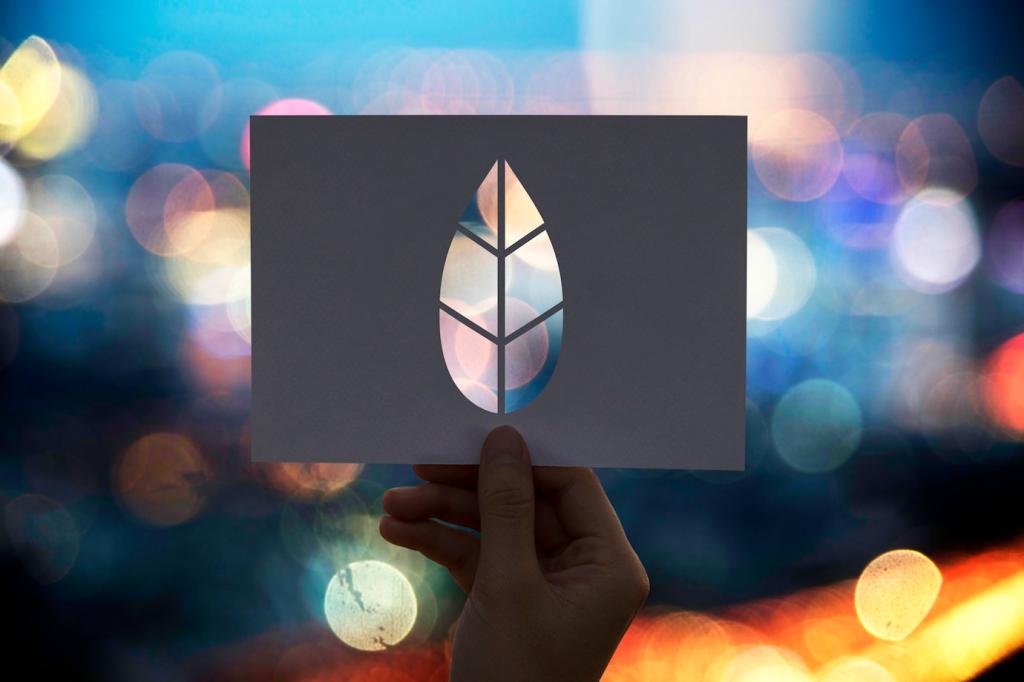
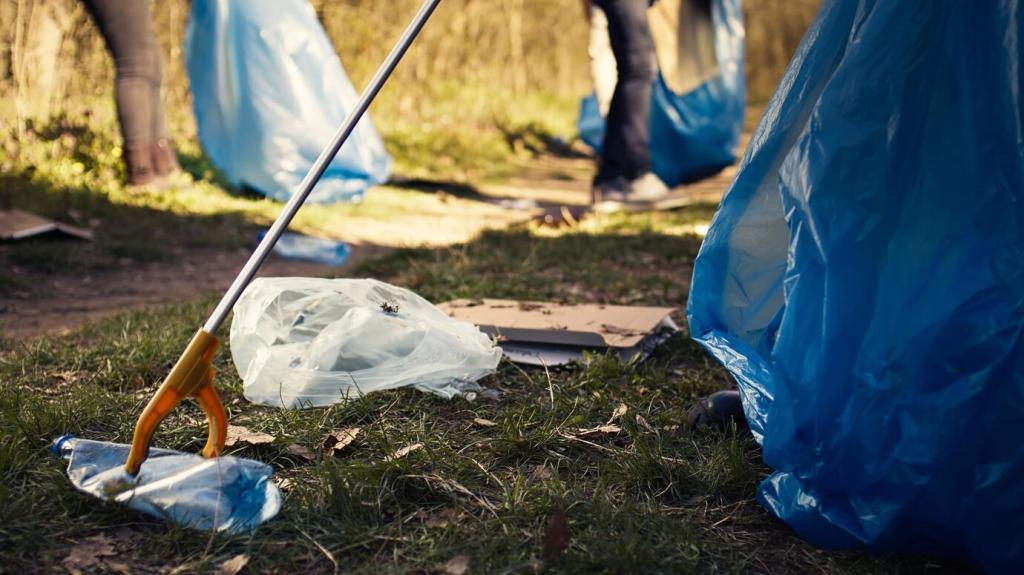
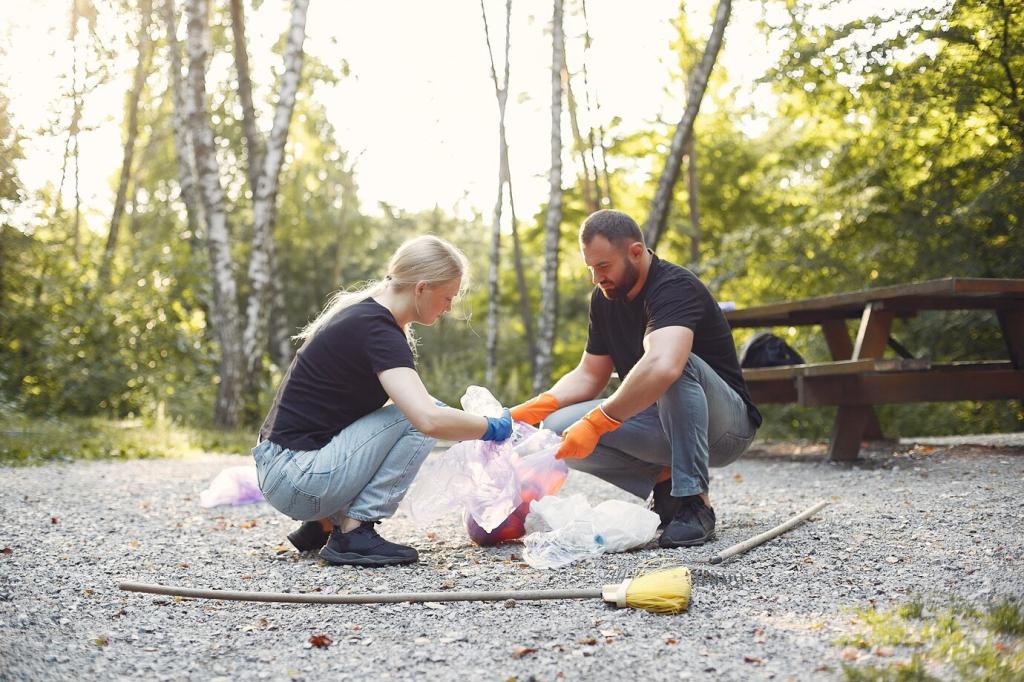
Upholstery and Fabric Care, the Eco Way
Use a HEPA vacuum with a soft brush attachment weekly, working along seams where dust and mites settle. Rotate and flip cushions to distribute wear evenly. This simple rhythm reduces deep cleans and extends fabric life. What’s your vacuum routine cadence? Tell us and compare with our guide.

Upholstery and Fabric Care, the Eco Way
Combine 2 cups lukewarm water, 1 teaspoon castile soap, and 1 teaspoon white vinegar. Blot stains with a white cloth, moving from outside inward. For velvet or delicate weaves, avoid crushing the pile and test first. Did you tweak the formula for a tricky fabric? Share your adaptation.
Sunlight, Humidity, and Placement
UV light fades finishes and fabrics. Use sheer curtains, UV-filtering window film, or rotate pieces slightly each season. Turn cushions monthly to even exposure. Have a dramatic before-and-after sun fade story? Drop a photo link and the technique that finally protected your favorite piece.
Repair and Upcycling with Green Methods
For light scratches on dark wood, rub a halved walnut along the grain, then buff. Coffee grounds can tint tiny scuffs. Follow with a beeswax polish. Always test for color match first. Got a surprising, natural color fix? Tell us your method and wood species for context.


Repair and Upcycling with Green Methods
Try citrus-based strippers and low-VOC, waterborne finishes. Sand with 180–220 grit, capturing dust with a vacuum sander. Dispose of oily rags safely to prevent combustion. Work with open windows and respirators. Considering a refinish project? Subscribe for our step-by-step checklist and supply list.
